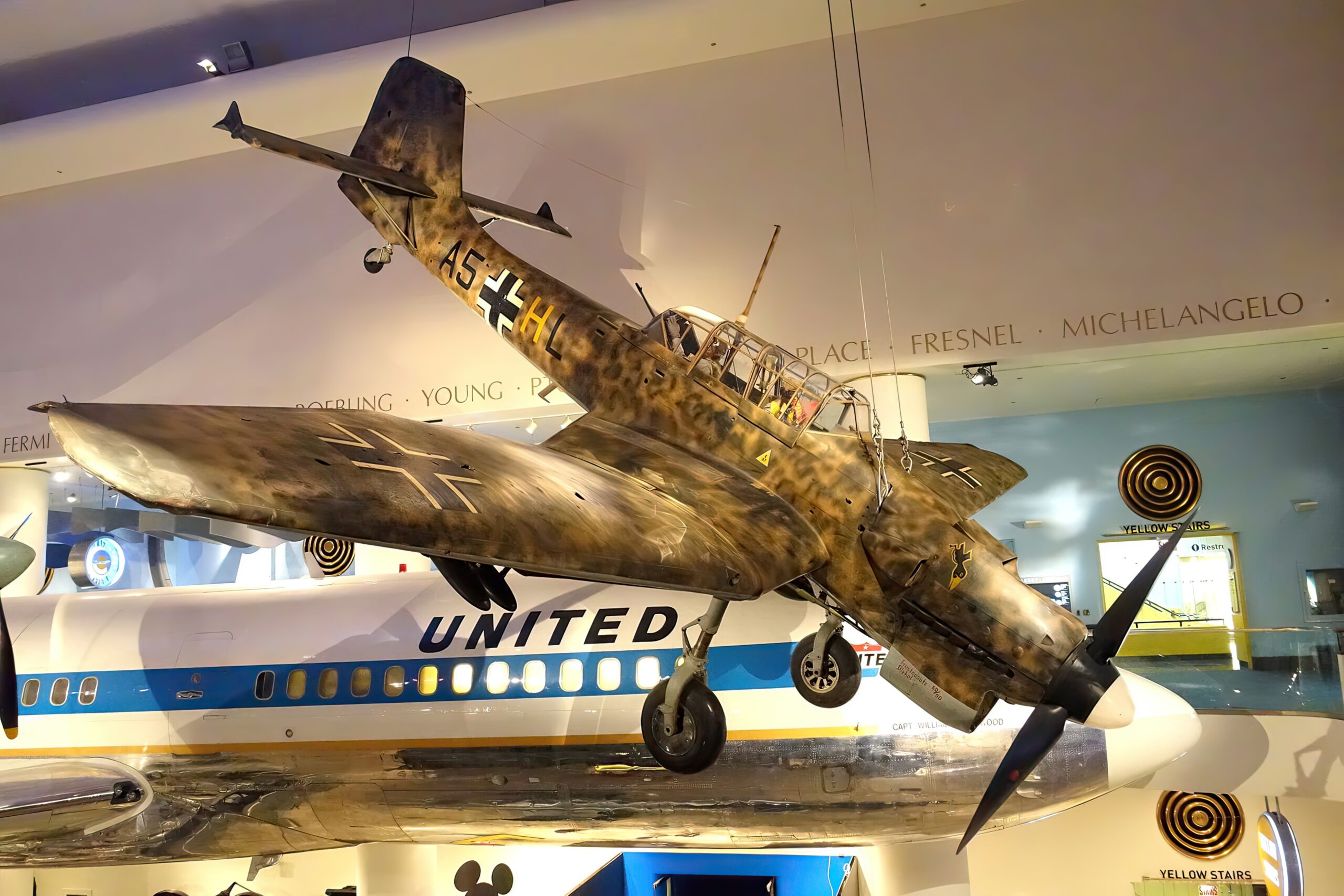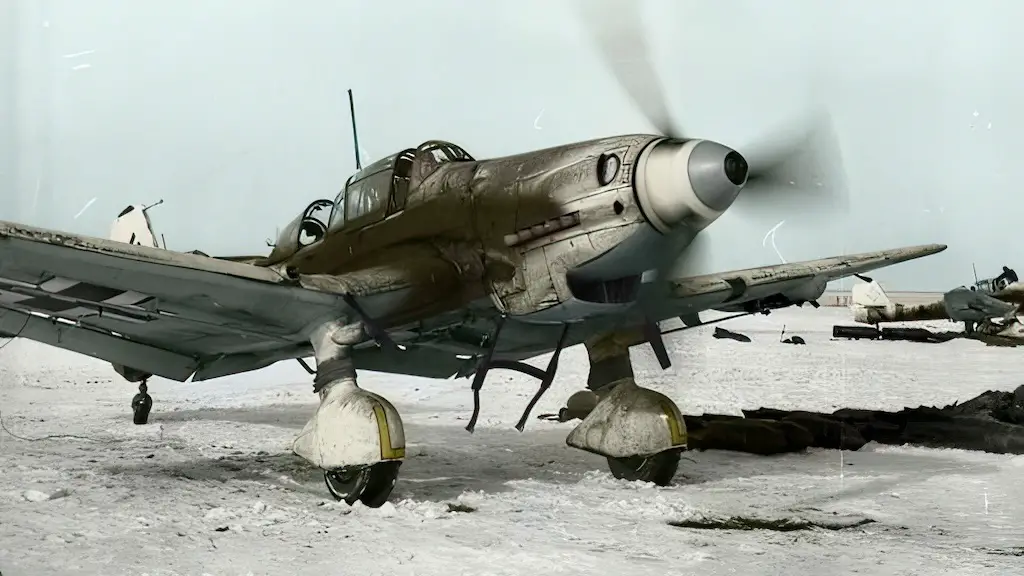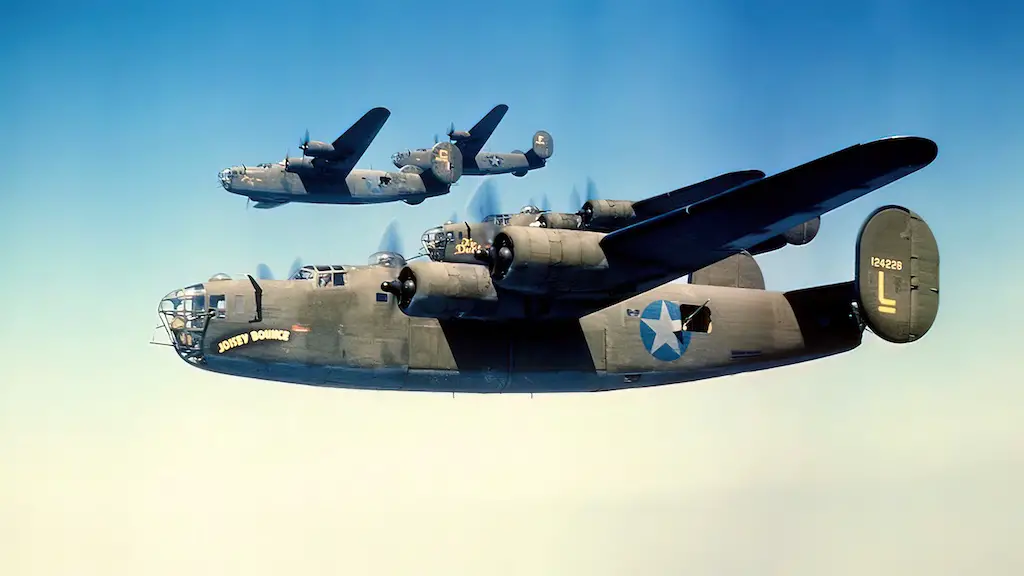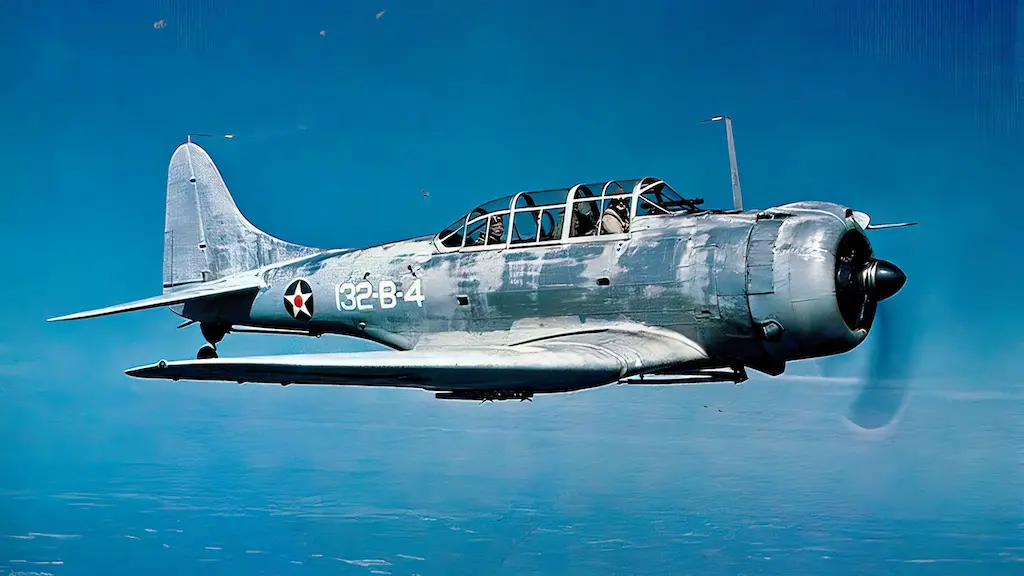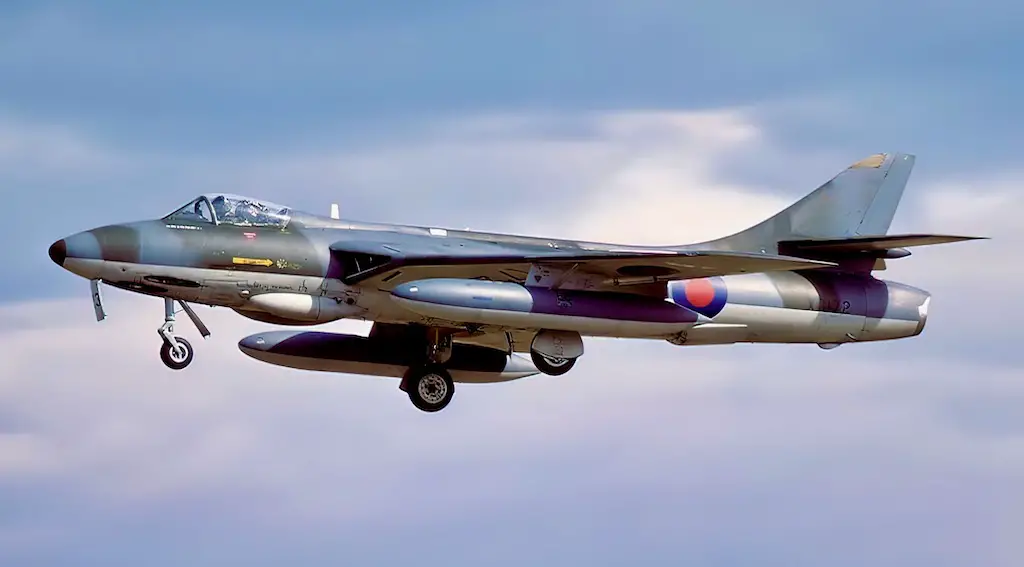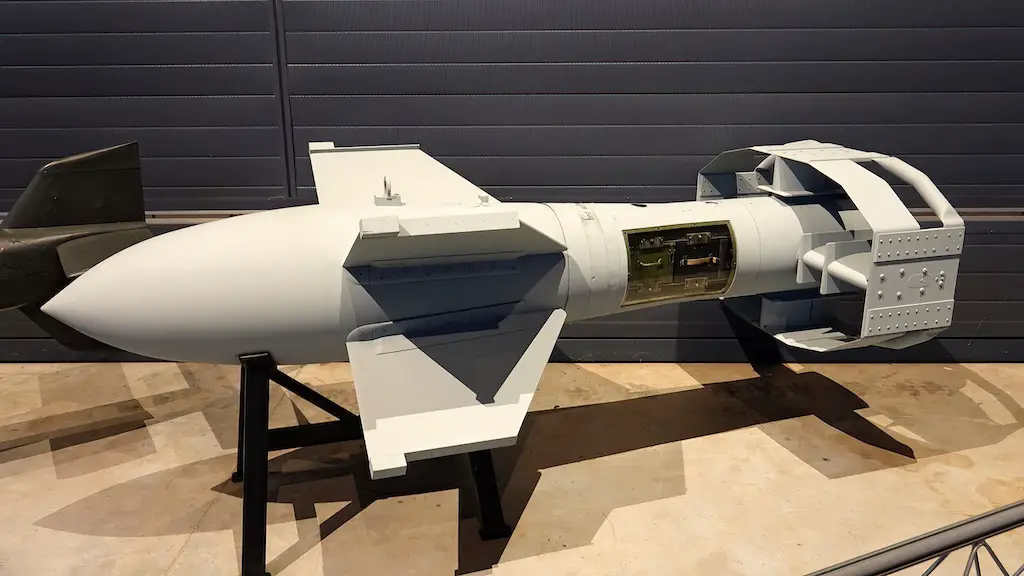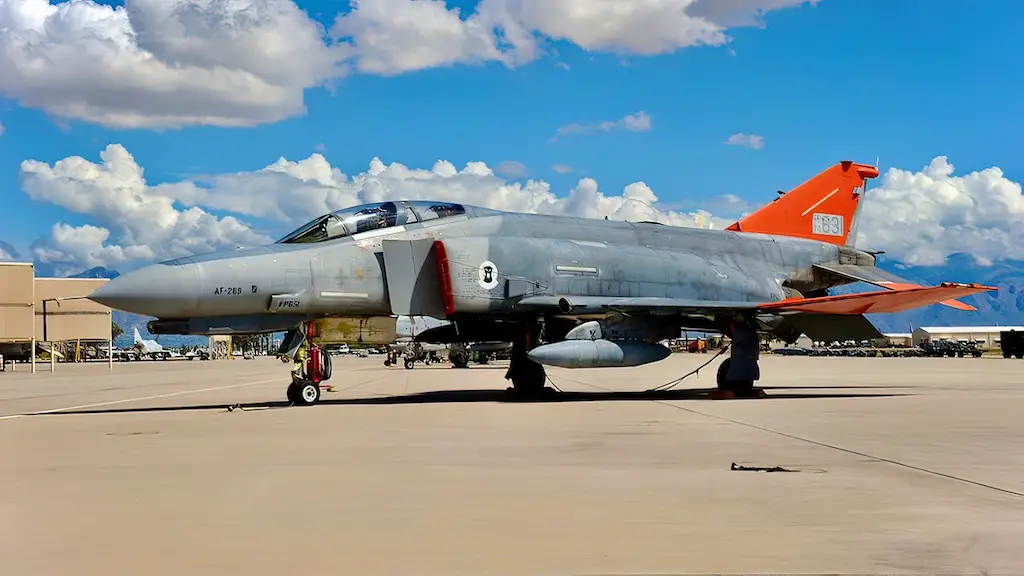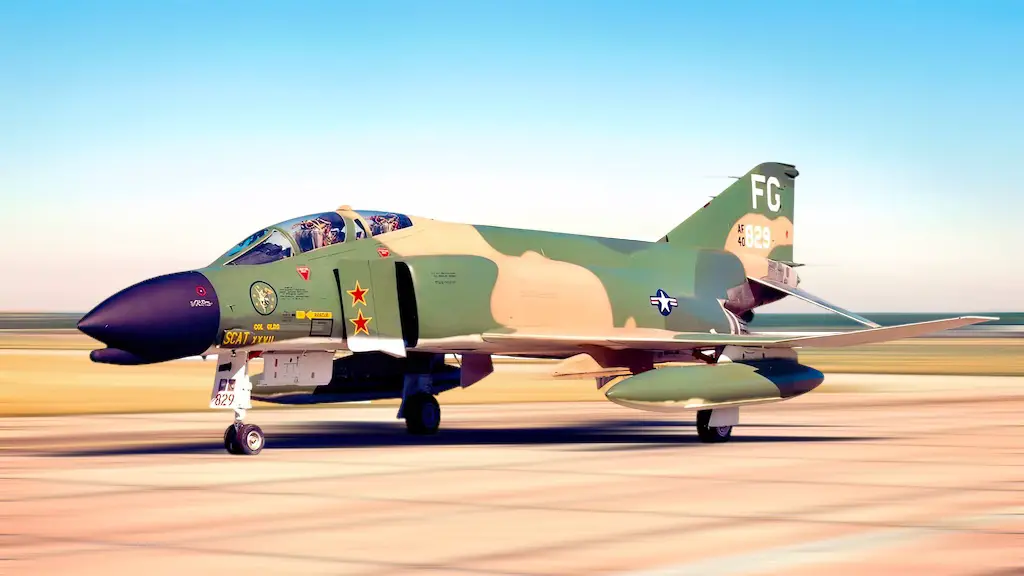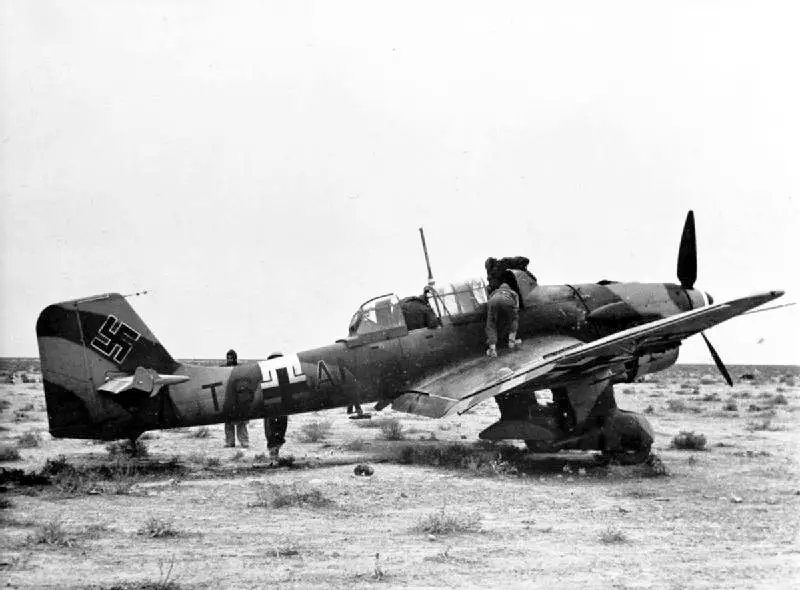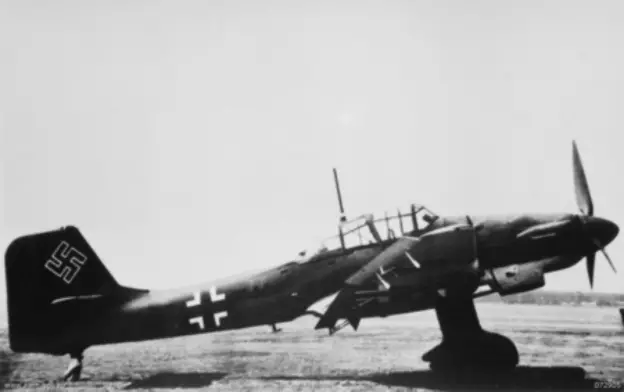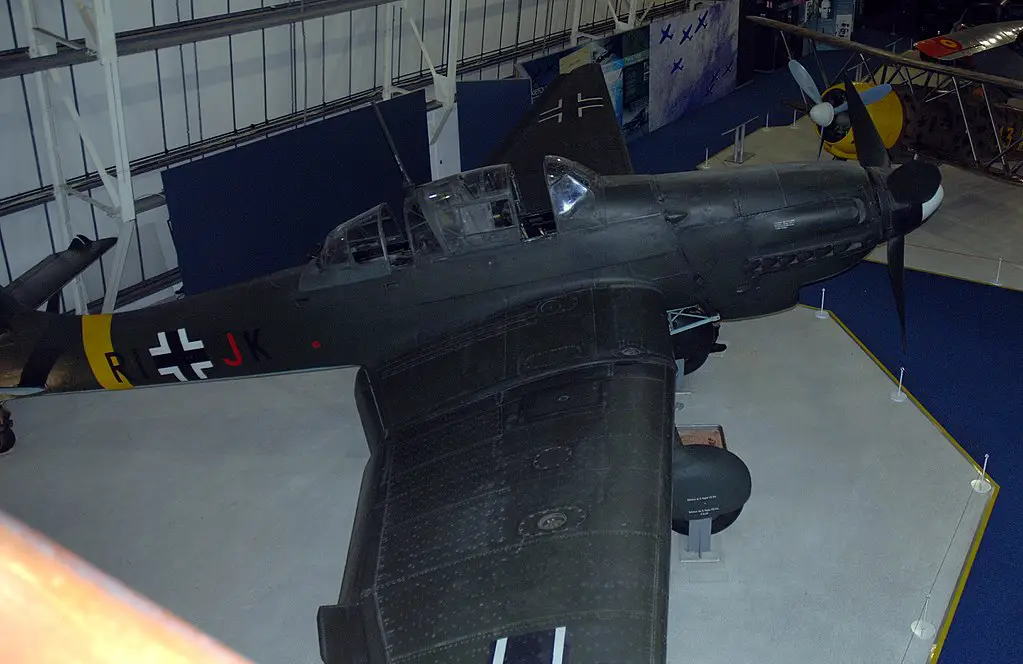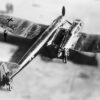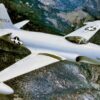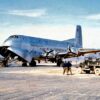The Junkers Ju 87, commonly known as the Stuka, was a German dive bomber that played a crucial role during World War II. Renowned for its distinctive inverted gull wings and menacing siren, the Ju 87 became an emblem of terror in the early stages of the war. Designed by Hermann Pohlmann, the Ju 87 proved itself as an effective ground attack aircraft, striking fear into the hearts of its enemies with its accurate and devastating dive-bombing capabilities. In this article, we delve into the fascinating history, design, and combat performance of the Junkers Ju 87.
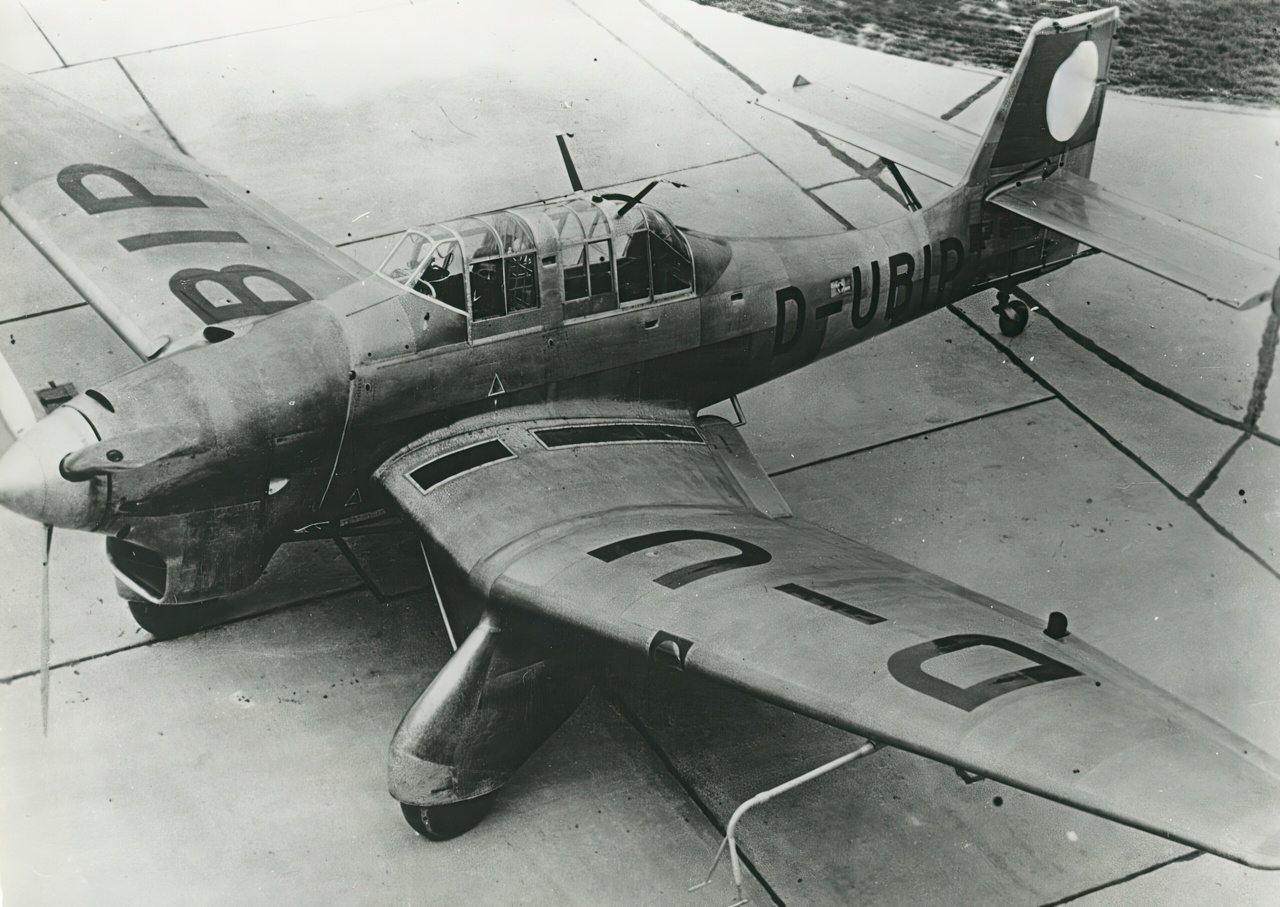
New design
The development of the Ju 87 began in the mid-1930s as a response to a request by the German Air Ministry for a new dive bomber. The design team at Junkers Flugzeug und Motorenwerke AG, led by Hermann Pohlmann, devised a radical design featuring a slender fuselage, fixed landing gear, and the distinctive inverted gull wings. The wings provided greater ground clearance for the large propeller, which was essential for dive-bombing maneuvers.
The Ju 87 was powered by a Junkers Jumo engine, initially the Jumo 210, and later upgraded to the more powerful Jumo 211 engine. It had a crew of two, including the pilot and the rear gunner/bombardier, who operated the rear-facing machine gun and released the bombs during the dive. The Stuka’s airframe was heavily armored, protecting the crew and vital components from enemy fire.
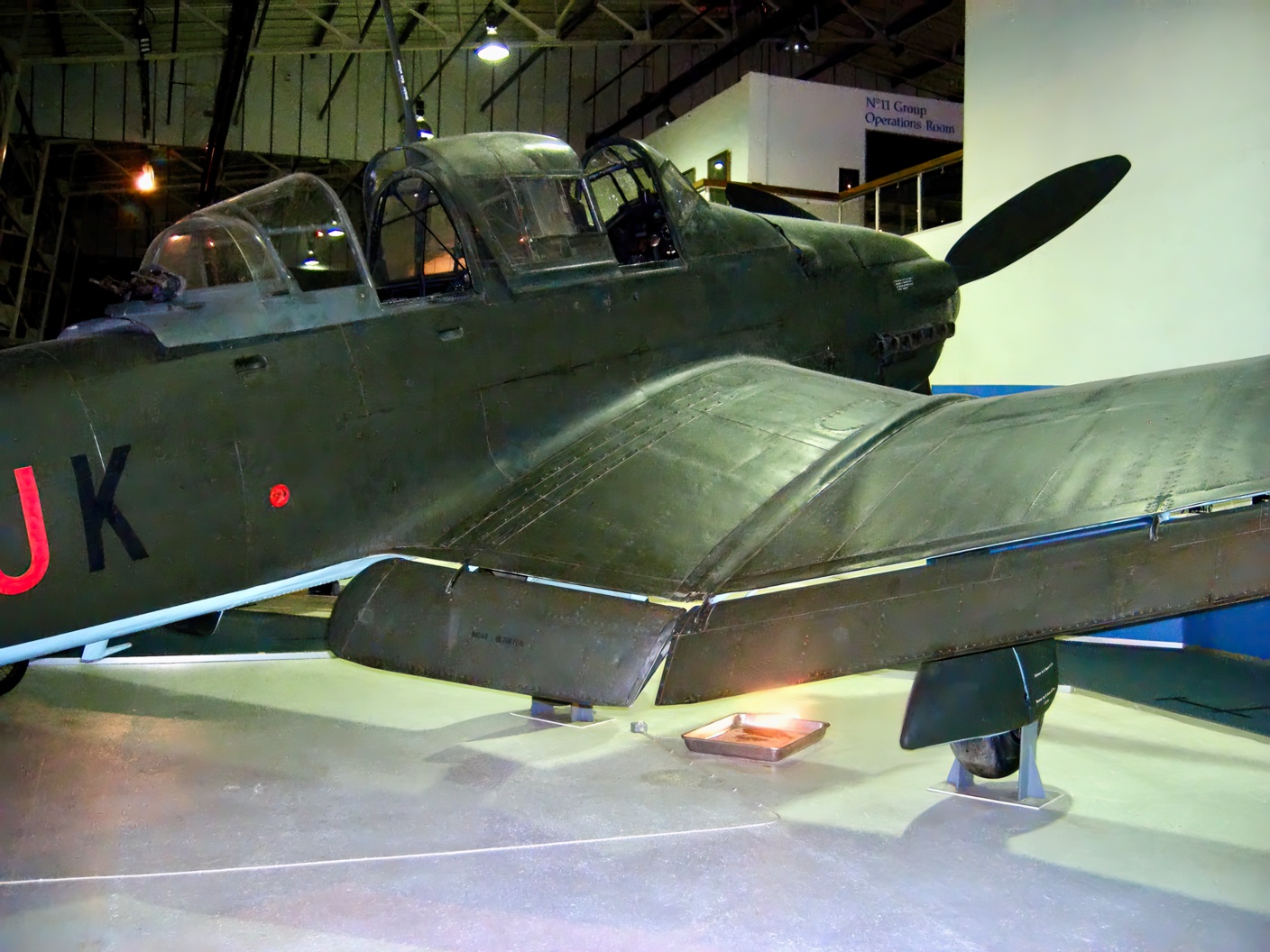
Dive-Bombing
The defining feature of the Ju 87 was its precision dive-bombing capability. The aircraft could perform steep dives at angles of up to 90 degrees, releasing its payload with deadly accuracy. The Stuka’s wing-mounted sirens, known as Jericho Trumpets, emitted a distinctive and terrifying wail, serving both psychological and tactical purposes. The sound created panic among enemy troops and also provided an audible reference for the pilots, enabling them to gauge the correct moment to release their bombs.
Significant impact
The Ju 87 entered service with the German Luftwaffe in 1937 and made a significant impact during the Spanish Civil War, where it proved its effectiveness as a ground attack aircraft. The Stuka’s first major campaign came in the invasion of Poland in 1939, where it played a pivotal role in demoralizing Polish defenses and paving the way for German ground forces.
The Ju 87’s most infamous use was during the Battle of Britain in 1940. However, the Stuka’s vulnerabilities were exposed when faced with strong enemy fighter opposition, forcing it to rely heavily on fighter escorts for protection. Despite its limitations, the Ju 87 continued to operate effectively in other theaters of war, such as the Eastern Front, North Africa, and the Mediterranean.
Outdated
Although the Ju 87 eventually became outdated and less effective as the war progressed, it left an indelible mark on the history of aviation and warfare. The Stuka’s psychological impact on enemy troops, combined with its ability to support ground operations, made it a fearsome weapon of war. Furthermore, the Ju 87’s design and dive-bombing tactics influenced the development of subsequent aircraft, such as the American Curtiss SB2C Helldiver and the Soviet Ilyushin Il-2 Sturmovik.
